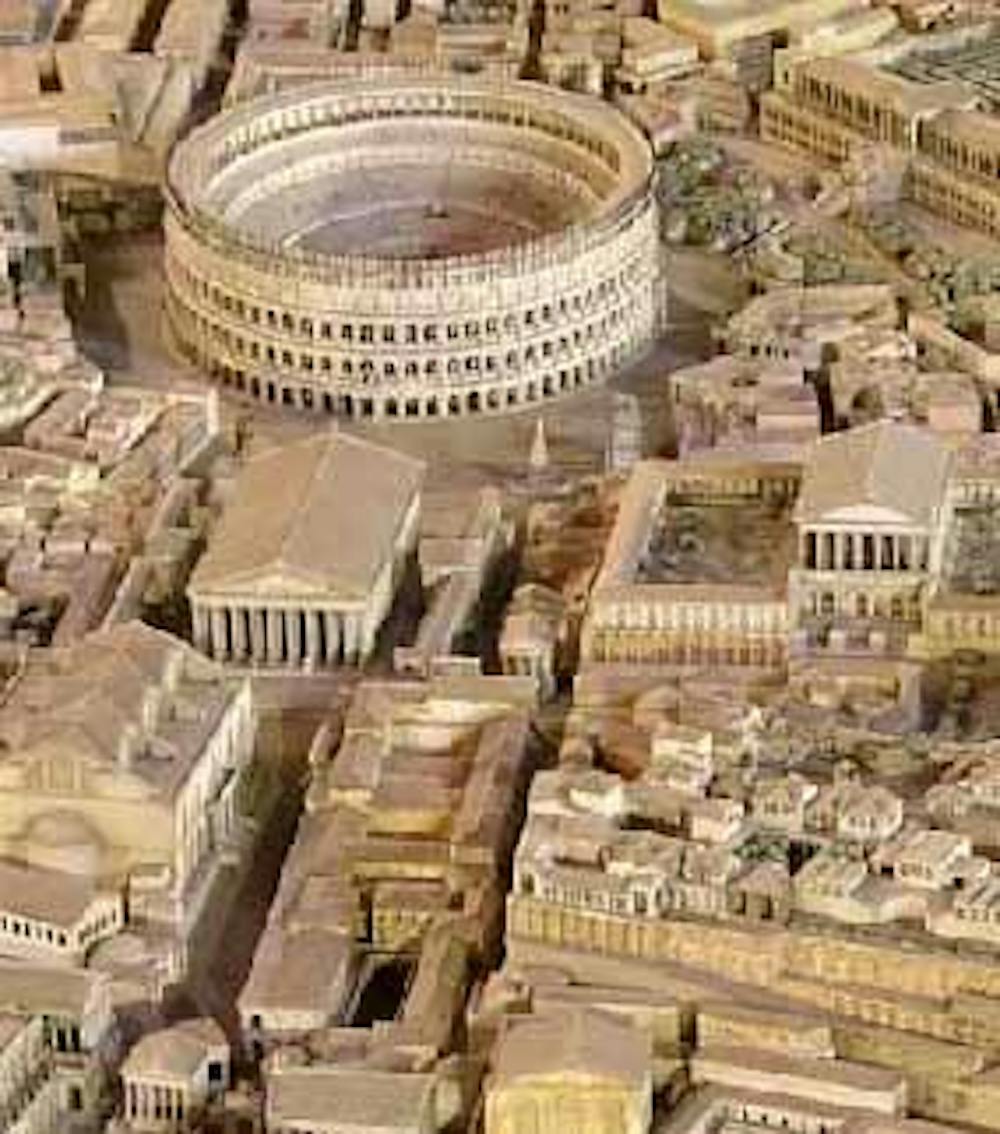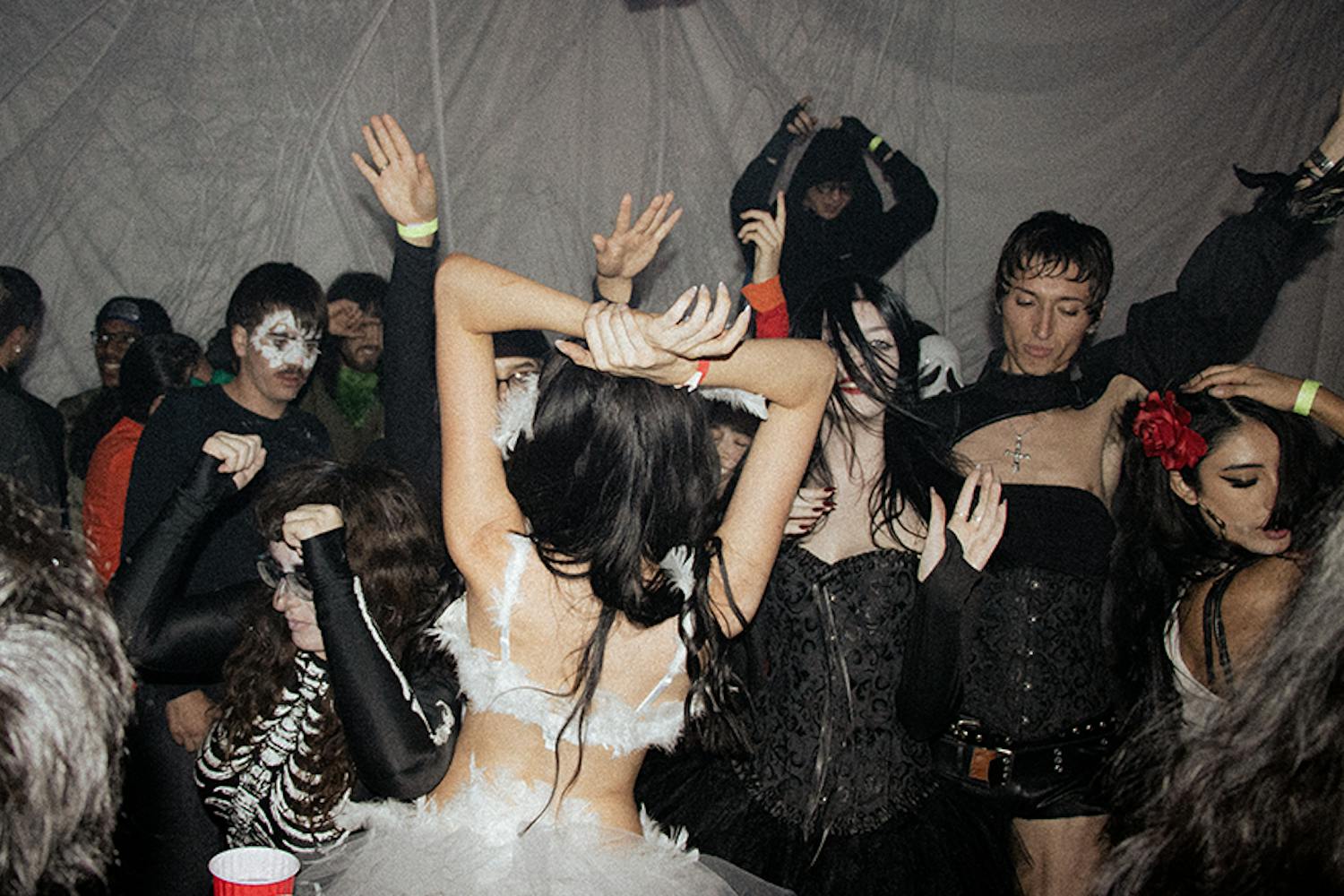I’ve written about how people, food, music, art, and dance make up a culture, but I’ve overlooked the most physically obvious example of culture: architecture. On Thursday, I went to the lecture “Individuality within Regularity: Visualizing Urbanism in Roman Africa” given by Dr. Thomas Morton. With a passion for dissecting archaeological evidence to understand ancient cities, Dr. Morton presented on how he’s used digital 3-D technologies to help rediscover Carthage and Timgad. Through this type of visualization, the digital models allow for scholars to reveal what would have otherwise remained in the realm of speculation for these cities.
After the lecture, I thought more about how architecture can be a lens used to understand components of past and current societies. I was curious about how Dr. Morton saw how the study of architecture could be applied to the study of culture, so I contacted him with a couple questions. Why is architecture important to learning about a different culture? What does architecture tell us? Dr. Morton explained to me, “Cultural elements, such as architecture, help us to flesh out a fuller story of cultures.”
I also asked him what types of inferences can be made about a society from knowing the layout of a city, and he told me, “We can learn a lot about a society by looking at where certain types of buildings, such as religious, funerary, governmental, commercial, social, residential are located in a city. Having said that though, we must recognize that societies change… It is best not to paint with too broad of a brush.”
And because I’m an ardent Sun Devil, I thought about how ASU would be architecturally perceived by someone not familiar with the lifestyle here. If you take away the crowds of people pushing through campus and the buildings’ titles, what would the structures on Tempe campus say to a person who doesn’t know anything about ASU, or better yet, modern culture? Perhaps something like this:
- The arena on the north side of campus is larger than any other public space on campus. This campus must be devoted to training a legion of athletic gods.
- A library is underground. Those who aren’t training with the sport-like warriors must be sent there (keep them on the hush hush).
- The suggestively shaped pillar on the lawn above the library…
- All the housing at the site have large gates surrounding them. These prisoners live in incredible conditions!
- Food is in the center of the campus. Food is the center of these people’s lives.
- The colossal multi-story center south of the fields is full of heavy metals and machines. What do these people put themselves through?!





